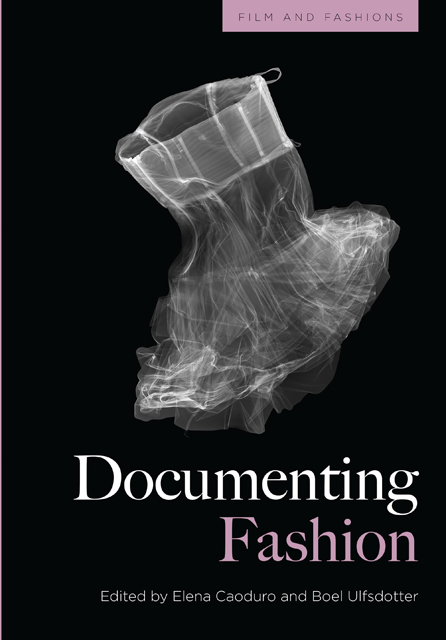2 - ‘The Helen Rose originals are fabulous’: the fashion featurette and fashion show as sites of industrial reflexivity
Published online by Cambridge University Press: 20 October 2023
Summary
Beginning in the late 1950s, the spaces of costume design and exhibition in Hollywood began to shift to reflect the new realities of the industry and diminishing opportunities for costume designers as the studio era was drawing to a close. By the 1960s the extravagant costumes of Hollywood's Golden Era had essentially disappeared. As a result, costume designers had to create new spaces to exhibit their work, and the fashion featurette and fashion show became sites to exhibit both the process and products of their labour. The fashion featurette was an extra-textual promotional short designed to offer a behind-the-scenes view of costume design. It gave viewers a glimpse into the film-making process and promoted costume design as an art form. The fashion show functioned similarly in two ways. First, it occurred as a non-narrative space within a narrative film that consciously took the practice of fashion as its subject. Second, it occurred as an extratextual promotional event. In the 1960s and 1970s the department store fashion show became a popular space for Hollywood costume designers to promote their retail design interests. The fashion featurette and fashion show offered costume designers the opportunity to promote their craft to both industry insiders and retail audiences in ways that anticipated later practices within production cultures and also foreshadowed the rise of the fashion film. This chapter will examine the work of two Hollywood costume designers, Helen Rose and Edith Head, to explore how each used the fashion featurette and fashion show to promote their work during a period in which costume design was increasingly devalued in the film industry.
Helen Rose and MGM
Rose was a costume designer at MGM from 1943 to 1966. She was known for creating elegant, understated costumes that were the epitome of 1950s upper-middle-class suburban femininity. She is often associated with actresses like Elizabeth Taylor and Grace Kelly, having designed wedding gowns for both actresses. Rose began her career designing vaudeville chorus girl costumes for the Lester Costume Company sometime in the late 1910s, before moving to the Ernie Young costume house, where she gained a strong reputation for designing theatrical costumes.
- Type
- Chapter
- Information
- Documenting Fashion , pp. 39 - 56Publisher: Edinburgh University PressPrint publication year: 2023



